
Thanks for stopping by!
Hello, I'm Matthew and I'm a designer living in Atlanta, GA. I created this site to share inspiring content and to write a bit about my experiences in the industry.
As we close in on the end of 2020, now is a good time to look back on your accomplishments over the past year and update your design portfolio. After all, you’ve done stuff, why not share that with the world? Here are 3 things you can focus on to boost the effectiveness of your portfolio and ensure it represents the best of what you do.
Think of your portfolio as a magnet: it will attract interest and opportunities similar to the work you feature. Include the case studies that are most like what you want to do in the future, and kick out the rest. What you’re really doing is channelling your inner Marie Kondo — removing work that clutters your primary practice area and bringing your accomplishments into focus.
It’s not always easy to let go of portfolio pieces. Believe me, I get it! You’ve poured pieces of your soul into your client projects and then went to the trouble to create detailed case studies. Just remember the magnetic powers of your portfolio. For example, if you’re an app designer who wants to attract app design opportunities in the future, make sure your portfolio pieces collectively tell that story.
Strong portfolios usually contain 5 – 7 pieces that harmoniously build a narrative about your skills, your thinking, and what you’re like as a designer. So take a moment and step back to look at your work. Which projects represent the best of your skillset? Which projects speak to the kind of work you want to do more of? Answering those questions can make the editing process a little easier.
Sharing your strategic thinking is one of the best ways to set your portfolio apart from the rest. As you add in a few more of your greatest hits, also take the time to review the case studies already in your portfolio. These pieces establish a connected story about your design thinking, how you operated in your role, and what your process is like.
Questions to consider:
It’s very surprising when designers leave these questions unanswered and focus solely on the end result. When my team reviews candidate portfolios for an open position, we place a lot of emphasis on how designers describe their work and share their thought process. It helps us see how they might tackle design challenges at our company, and can make the difference between getting called in for an interview or not.
You might be wondering how detailed your case studies should be. You certainly don’t need to write a paperback novel, but you should strive to establish a narrative that sets the scene, uncovers the problems you solved, and showcases what you delivered. Think of what you’re writing as a conversation starter. Hook the reader with enough details to make them interested in learning more. I’ve added examples in this article that do this really well, so check them out if you’re looking for a little inspiration.
Your about page is the ultimate conversation starter. It’s an introduction, your way of saying hello, and one of the best tools to wrap your body of work into a single narrative. The best about pages combine bits of personal and professional story — and that’s what makes them tricky to write.
But remember, the purpose of the about page is to be that great conversation starter. Don’t feel compelled to write the unabridged story of your life, but instead craft something that immediately pulls who you are and what you do into focus. Take a second look at your about page and see if you’re hitting the right notes.
Questions to consider:
Once you’ve introduced yourself, what do you want people to do? Explore your portfolio? Get in touch? Don’t forget to include a call to action and links to other areas of your website.
Make sure your narratives are consistent everywhere you present your work. Update your social profiles like LinkedIn, Behance, and Dribbble to make the rest of your digital life as focused as your portfolio.
It’s helpful to see how other designers have cracked the case study code. Here are a few who I think really get it right.
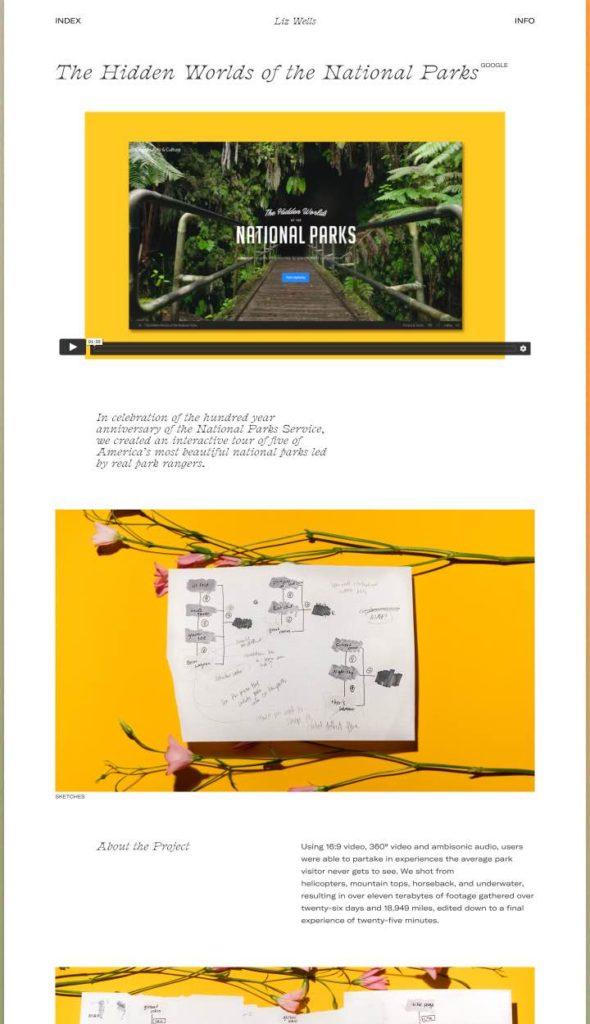
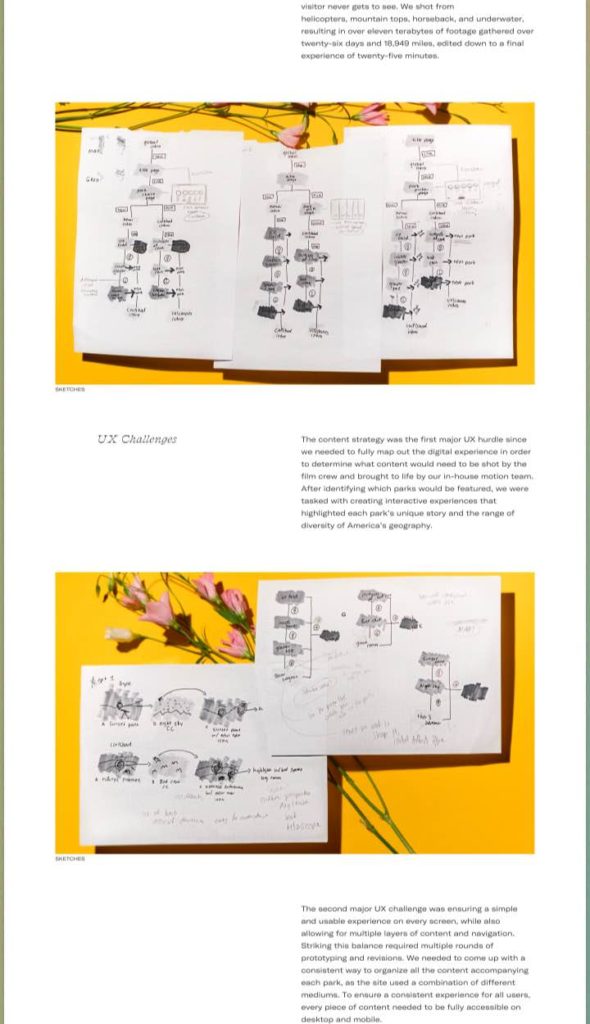
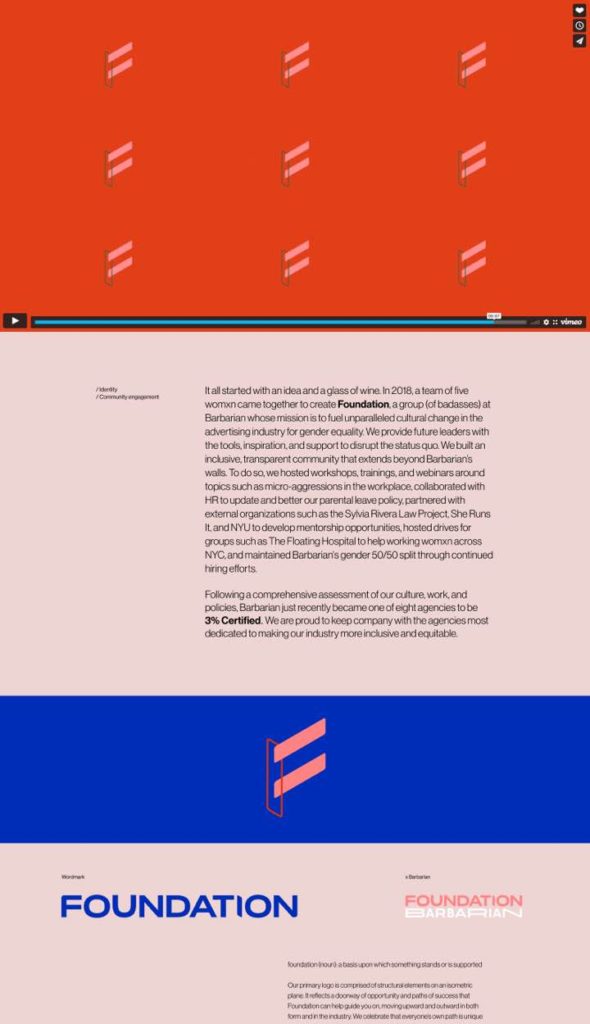

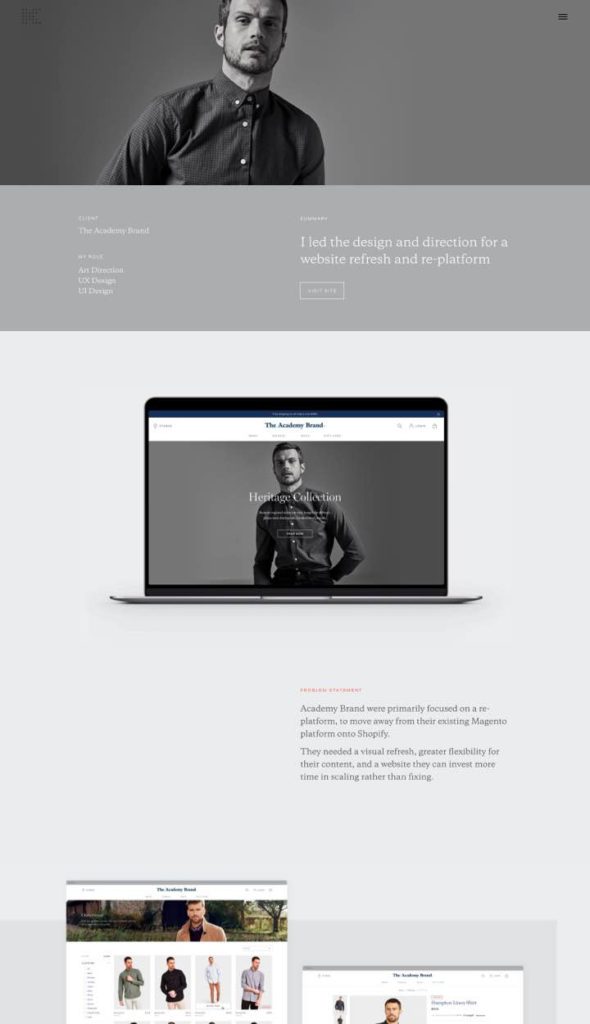
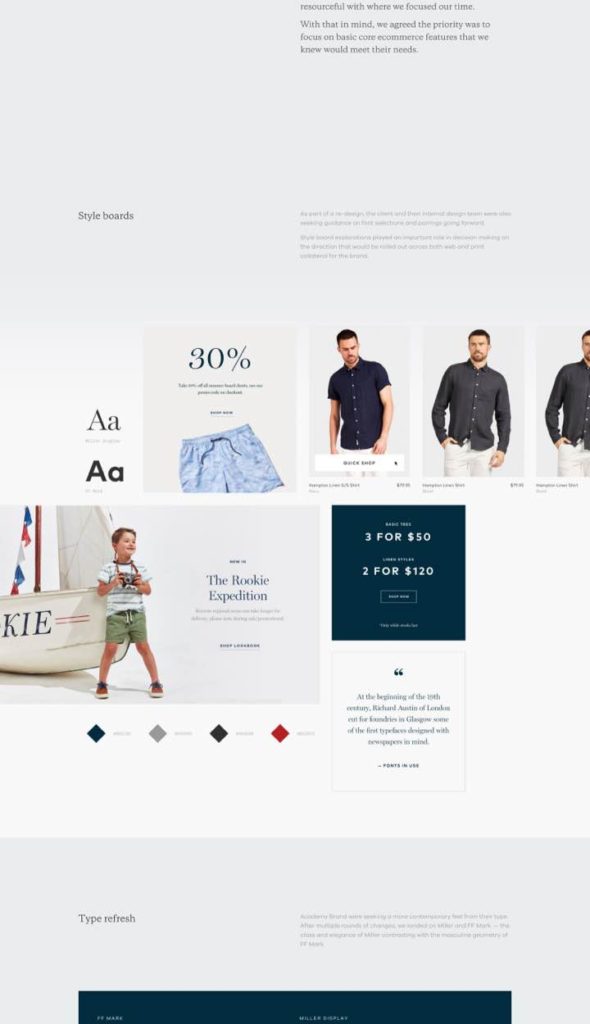
After a little refining you’ll have your portfolio in tip-top shape, and you’ll be more prepared than ever to embrace opportunities in the new year. Good luck!

Hello, I'm Matthew and I'm a designer living in Atlanta, GA. I created this site to share inspiring content and to write a bit about my experiences in the industry.